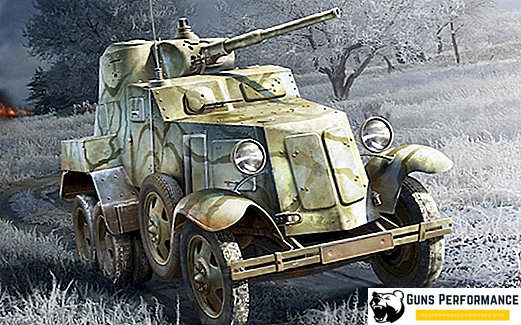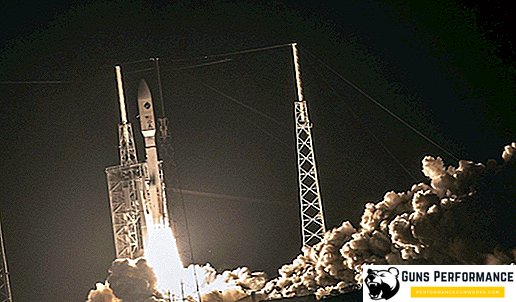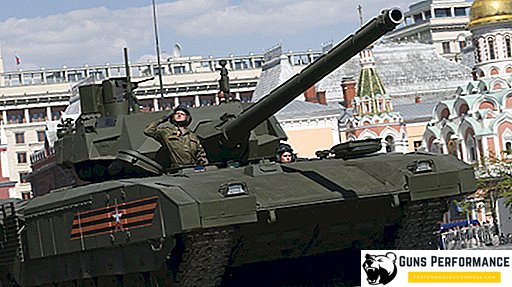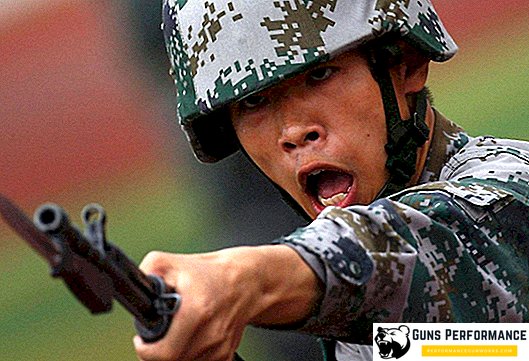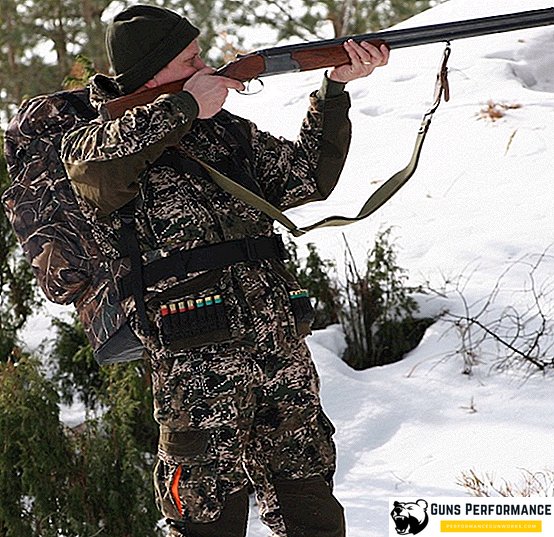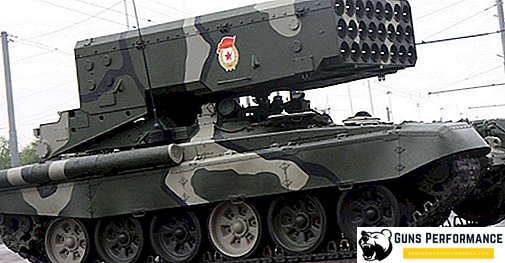
In 2018, the Russian Armed Forces will receive 30 TONP-1A Solneptek flamethrower systems. This was announced at a board meeting by Defense Minister Sergei Shoigu. In addition, NPO Splav, which is part of Rostec, is now working on a new modification of the SunTech, the launch tests of which are scheduled for 2019, and troop tests for 2020. The prospective car will have a wheeled chassis and will be called Toshochka .
Recall that in January of this year, the beginning of work on the creation of a new flamethrower system was declared by the general director of Tekhmash Vladimir Lepin.
According to Shoigu, Solntpek showed itself well in Syria, destroying about 1,200 targets during the campaign. The minister also said that the percentage of modern equipment in the RCBZ troops reached 62%, and by 2020 it is expected to increase to 72%. Over the past few years, 11 regiments of this kind of troops have been created.
What will be "Tosochka"
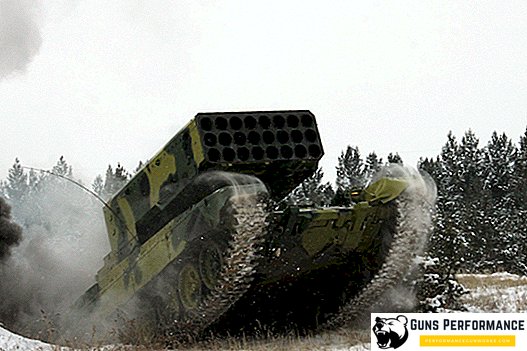
The development of the Buratino heavy flame-thrower system (TOC) began as early as the 1970s at the Omsk plant of transport engineering. The combat vehicle successfully passed all the stages of testing and was put into service. In the late 80s, she even managed to take part in the Afghan war. Taking into account the operating experience, in 2001, a new modification was developed - TOC-1A "Solntsepek". The main "highlight" flamethrower systems are their rocket projectiles with thermobaric warhead. They are able to literally burn everything alive on an area of 40 thousand square meters. meters
TOC "Buratino" was successfully used during the second Chechen campaign, in recent years a number of "Sunkeepers" were delivered to Syria. It is known that they were used during the storming of Palmyra, and, judging by the reviews of the military, showed themselves from the good side.
Apparently, it was the experience of the Syrian campaign that suggested to the designers the idea of installing the complex on wheels; earlier, Buratiny and Sunchildren used the chassis of the T-72 tank. Such a solution looks somewhat ambiguous: a wheeled chassis, of course, will make combat vehicles more mobile, but it will also increase their vulnerability when firing direct fire. Can the Toshka on wheels overcome their native Russian off-road?
The chief editor of the Arsenal of the Fatherland edition, Viktor Murakhovsky, is absolutely sure that Toshochka will receive the former fire weapons of destruction, identical to those installed on the Sunshine. It is unlikely that any changes will be expected and the thermobaric mixture of ammunition will remain the same, as he said, and the controls.
According to Murakhovsky, the new chassis makes it unlikely to use the “Tosochka” at the front edge: now the fire will have to be fired from closed positions and the direct fire must be excluded.
During the fighting in Syria and Iraq, the main adversary was the semi-guerrilla unit of the militants, who, as a rule, did not have heavy weapons. They also lacked aircraft and precision weapons. In such conditions, the use of TOC on a wheel drive looks quite justified, but what will happen to this system if the enemy has aircraft, high-quality artillery and well-placed reconnaissance? It is likely that the life span of the "Tosochka" will be short.
You can also add that in Syria there is no solid front line, so the installation of the type "Sunpipe" often have to move from one point to another. Moreover, for the transport of heavy tracked vehicles it is necessary to use various trailers, which complicates and increases the cost of the process. Therefore, for a given theater of war, wheeled chassis really looks preferable.
Such a modification of the flame thrower system should be perfectly suitable for the Middle East, it is possible that it is being developed for export deliveries. For Russian realities, the tracked version does not look the best, but probably the only possible one.


